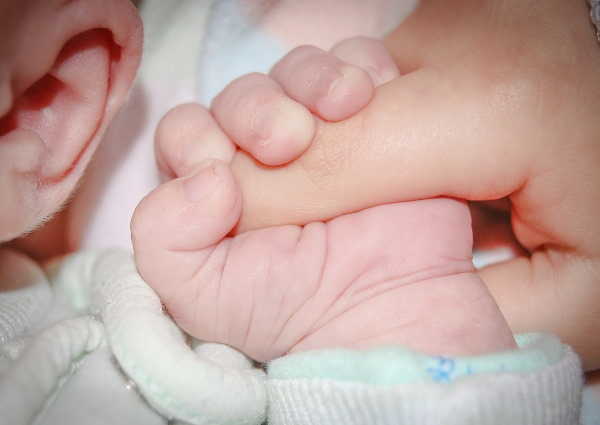If welcoming a newborn into your family is joyful, then the baby’s sudden and unexplained passing can be traumatic. This is precisely the reason why awareness about Sudden Infant Death Syndrome or SIDS is very important, and taking precautions to prevent it even more so.
SIDS, also known as cot or crib death, is not a new issue. The sudden death of an infant, especially during sleep, was mentioned by the Assyrians in the eighth/ninth centuries BCE and is also referred to in the Bible. But despite knowing about it for centuries, the precise causes of SIDS are not known yet. While its occurrence has dropped by 10% in the last two decades in developed countries, it is still a major cause of infant deaths in developing countries like India.

































